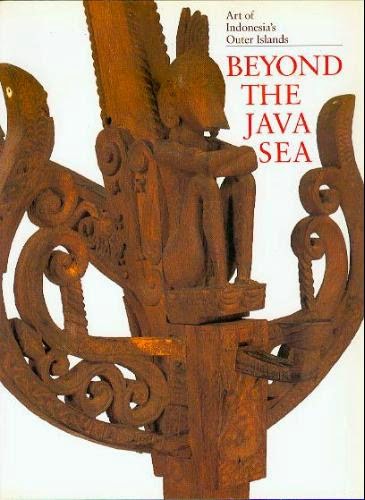
Tifa Tanimbar (Tanimbar drum)
Dimension: 80cm (height) x 14cm (top dia.) x 16cm (bottom dia.)
SOLD.
Contact: mulia.santoso@gmail.com
HP:0818182628
BB:79FA52CA
Tifa is a typical instrument of Mollucas and Papua.
Tifa is similar to musical instruments being played also drum beaten
way. This instrument is made from a coconut timber and rattan, and its contents emptied or
removed on one side of the tip is covered, and usually cover used deer
skin that has been dried to produce a good sound and beautiful. The form
was usually made with carvings. Every tribe in Mollucas and Papua has a
drum with his characteristic respectively.
Musical instruments drum of Mollucas has another name, such as tahito or tihal used in the territories of Central Maluku. Meanwhile, on the island of Aru, the drum has another name that is titir.
Type one shaped like a drum with a stick as used in the mosque. Body
frame made of wood covered with rattan and shape vary by region of
origin.
The Tifa in traditional Moluccas is used at special occasions, such as
weddings and parties, but also at funerals. At all of the cultural
expressions, like all the Moluccas dances, the Tifa has its central
function. Until now, especially at the Moluccas, the Tifa is also used
for communication. By beating certain types of rhythm in several
villages or areas, the people know what is going on or what to do.
This drum features an elegant sculptural line with a brilliant patina of use. It was acquired from Southeast Mollucas. A classic of its type, such drums were used to create the rhythmic drone
of ritual trance dance known throughout the outer islands.









